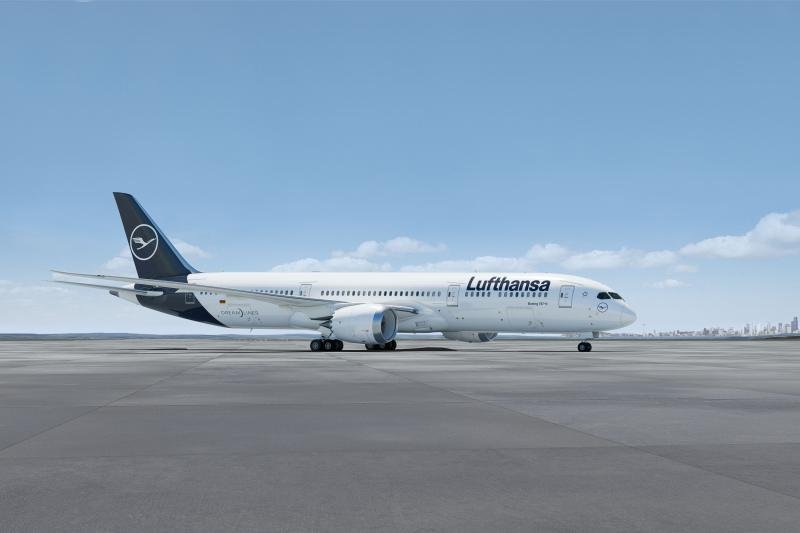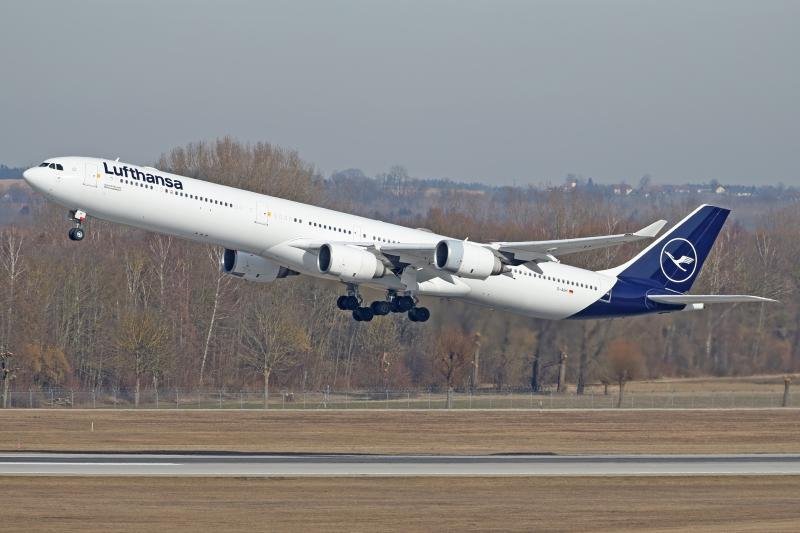The German giant has bolstered its Boeing commitment as it continues its fleet simplification and modernisation programme
German flag carrier Lufthansa announced it has added an additional five aircraft to its 20-strong Boeing 787-9 Dreamliner order, further supporting its efforts to reduce complexity in its long-haul fleet.
The firm placed its initial order in 2019, alongside a larger deal for 41 rival Airbus A350-900 aircraft, of which 17 have already been delivered. The first of the Boeing-built jets are set to be handed over from 2022 onwards.

“We are very pleased that five more Boeing 787-9s will accelerate the modernisation of our long-haul fleet. With these ultra-modern, fuel-efficient aircraft, we send a strong signal for environmental responsibility within the Lufthansa Group. Furthermore, we will reduce our operating costs and provide our guests a state-of-the-art travel experience," said Detlef Kayser, chief operations officer for Lufthansa Group.
Ihssane Mounir, Boeing senior vice president of commercial sales and marketing, added: “The Lufthansa Group has been navigating an extremely challenging market and positioning itself for the recovery ahead and the eventual return to growth. We are honoured that they have once again selected Boeing's widebody airplane family to power their future fleet.”

The second member of the Dreamliner family, the 787-9 can fly up to 20% more passengers and around 25% more cargo, while reducing emissions by up to 25% compared to the aircraft it replaces, according to Boeing.
Lufthansa Group has had – and in some respects still possesses – one of the most complex fleet structures of any airline group in the world.

With 15 different types from six manufacturers, the firm has spent the last couple of years trying to simplify its roster. Spurred on by the impact of the pandemic, aircraft such as the A380, A340-600, and the 747-400 all made an exit last year.
The focus – at least in the long-haul division of the company – is moving towards efficient next-generation twin-engine widebodies.
The flag carrier is hoping to complete the modernisation programme by 2027.

